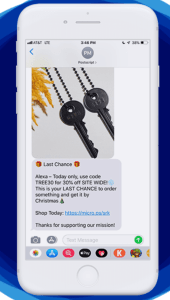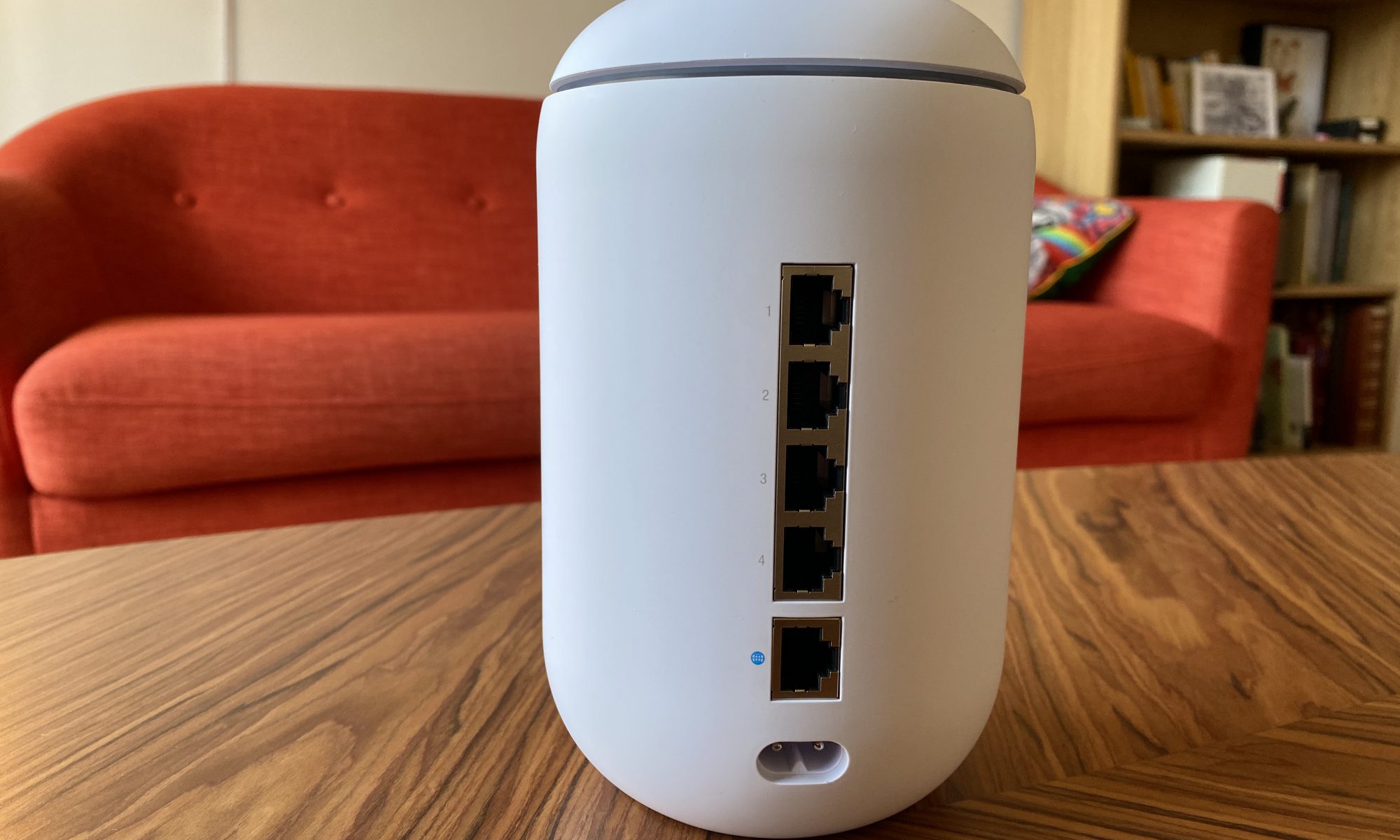A few weeks ago, Ubiquiti unveiled the UniFi Dream Machine, an all-in-one networking device that combines a router, a switch with four Ethernet ports and a Wi-Fi access point for $299. It has what Ubiquiti calls an integrated cloud key that lets you control your network.
I’ve been using the UniFi Dream Machine on my home network for the past couple of weeks, so consider this a review of the device.
Ubiquiti is a well-known networking brand. Most people are familiar with the company’s access points — those rounded antennas that you can find around schools, companies and public spaces.
But the upfront investment has always been a bit steep for personal use cases and even small companies. The UniFi Dream Machine sits perfectly in between professional gears and consumer devices. It represents a huge upgrade is you’re using the router with Wi-Fi capabilities provided by your internet service provider.
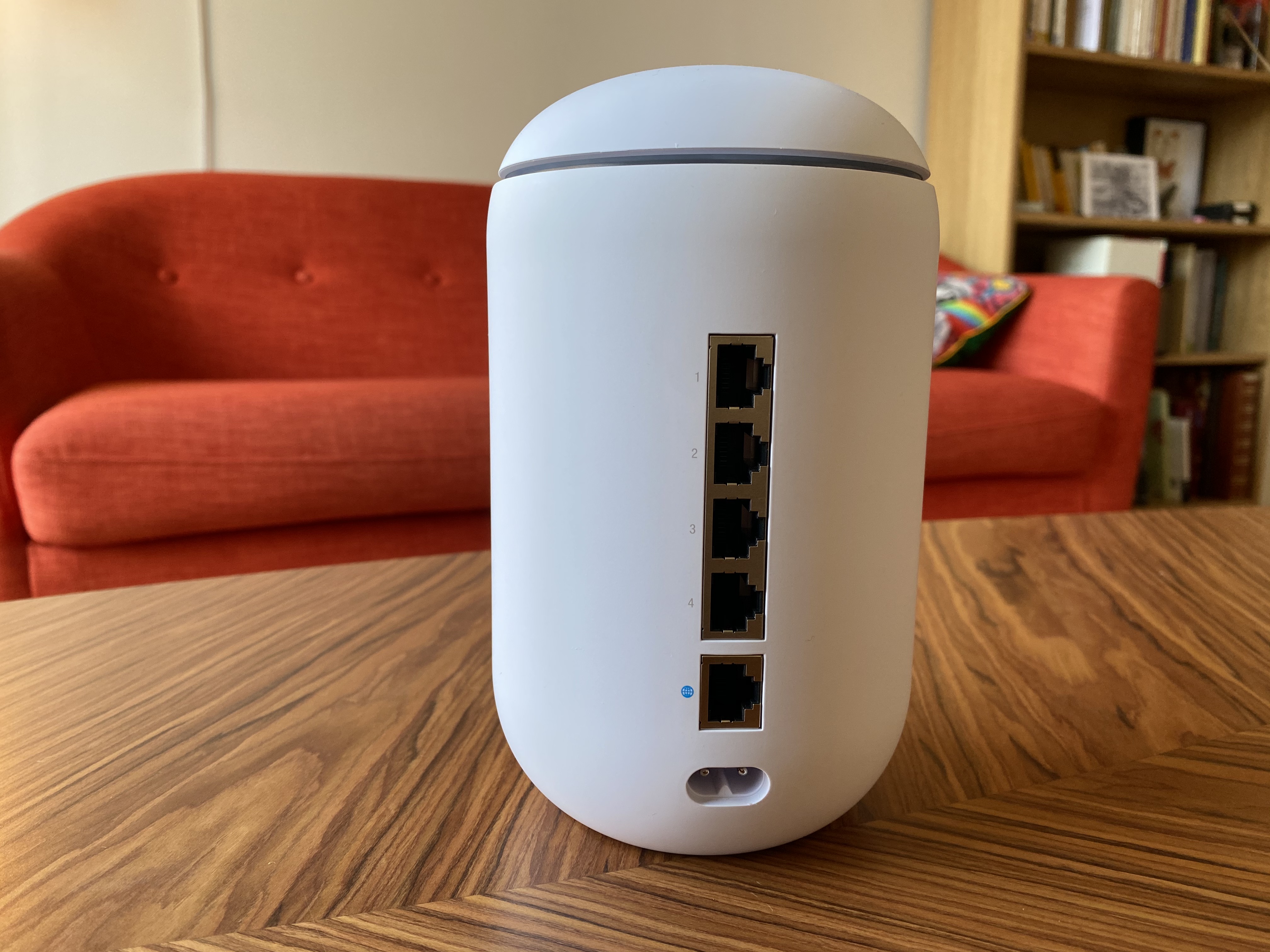
Rebundling UniFi devices
Ubiquiti has a range of routers under the AmpliFi brand for consumers who are looking for a plug-and-play solution. The company recently announced a new device with great specifications if you don’t want to mess around with networking settings.
But if you’re reading this, chances are you know that UniFi products offer some customizations that you think are lacking in consumer products.
Switching from an all-in-one networking device to a UniFi system has always been a bit complicated. The company has broken down the networking stack into different devices to offer you more control.
It means that you have to buy a Security Gateway (a router, the “brain” of the network), a switch (just like a power strip, but for Ethernet ports) and an access point (a Wi-Fi antenna). On top of that, a UniFi cloud key is an essential buy if you want to manage your network with the company’s controller software.
If you’re committed to the UniFi ecosystem, you get a great experience. You can manage each Ethernet port on your switch individually, you can control Wi-Fi settings from anywhere in the world and many, many more things. Ars Technica’s Lee Hutchinson fell down the UniFi rabbit hole and wrote a great story about his experience running professional networking gears at home.
The UniFi Dream Machine takes a different approach. It rebundles all the separate pieces that make a UniFi network come to life. You can buy the $300 UniFi Dream Machine and control every little detail of your network.
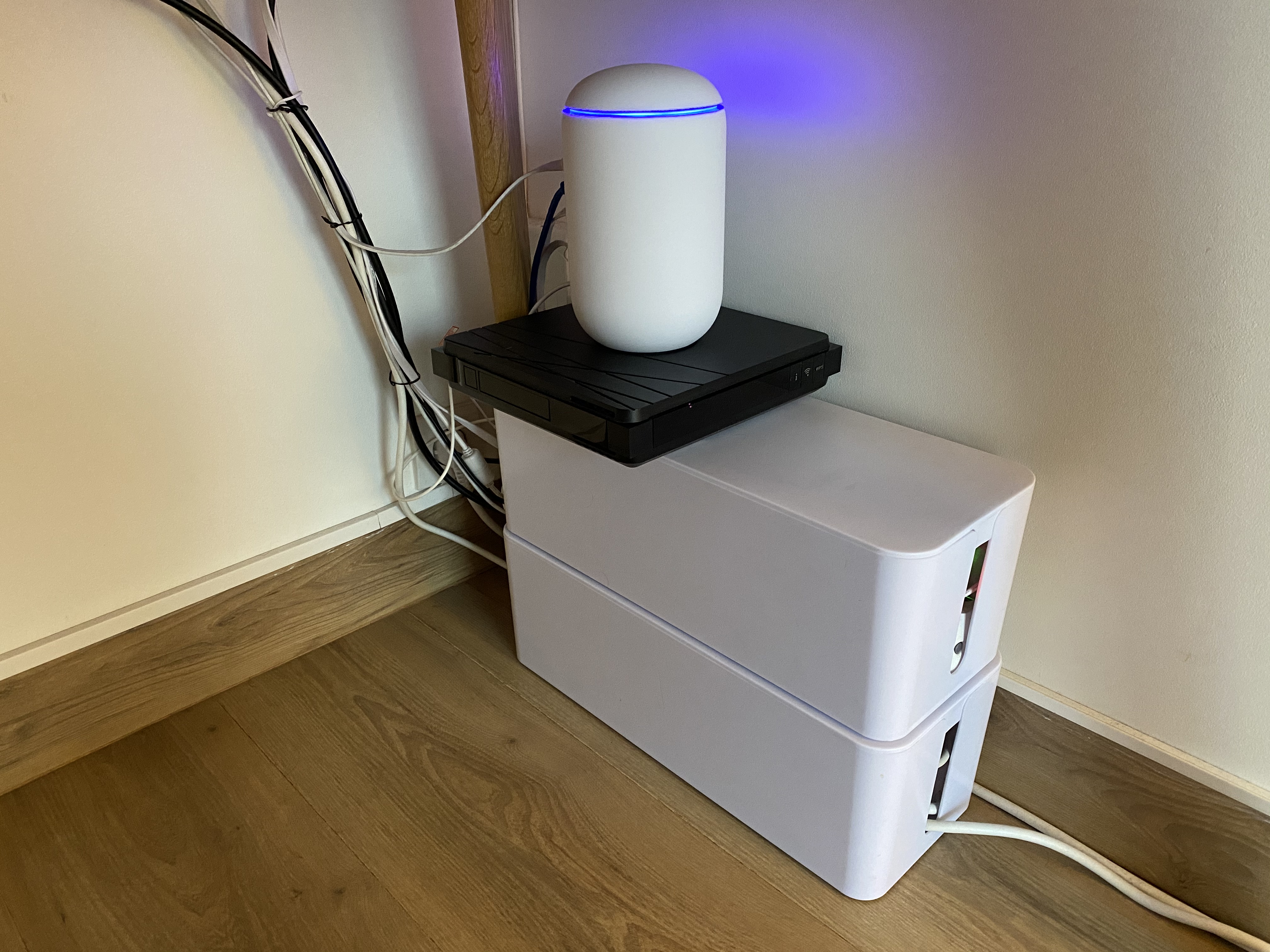
Specifications
A few words on the specifications of the UniFi Dream Machine. The pill-shaped device has an integrated security gateway, which lets you run a DHCP server, create firewall policies, take advantage of multiple VLANs and more.
In addition to the WAN port to connect your device to the internet, there are four Gigabit Ethernet ports. As for Wi-Fi, the Dream Machine supports 802.11ac Wave 2 (“Wi-Fi 5”) with a 4×4 MU-MIMO antenna — no Wi-Fi 6 unfortunately.
Behind the scene, the device uses a 1.7GHz ARM Cortex-A57 processor. It has 2GB of RAM and 16GB of storage and consumes up to 26W.
Using the Dream Machine

Setting up the UniFi Dream Machine is a great experience. Ideally, you want to plug an Ethernet cable in your ISP-provided router and put it in bridge mode. This way, it’ll act as a dumb modem and let the UniFi Dream Machine do all the hard work.
After downloading the mobile app and turning on the UniFi Dream Machine, you get a popup that mimics the pairing popup of the AirPods. You can then control your network from that mobile app or use a web browser on your computer.
This is when it gets interesting.
UniFi’s controller software usually lists all the UniFi devices currently running on your network. With the UniFi Dream Machine, you get a single device. But if you expand that device, you can see a list of three separate UniFi components — a gateway, a switch and an AP.
As expected, you can control every little detail of your network. Once again, this isn’t for everyone and you will have to learn a lot of things about networking in order to optimize your setup. But if you’re a digital tinkerer, it’s a breath of fresh air.
The UniFi Dream Machine acts as the DHCP server in my home. I have renamed my devices and assigned fixed IPs to all my device in order to find them more easily. You can see in real time the network they’re using and if they’re getting a good Wi-Fi signal.
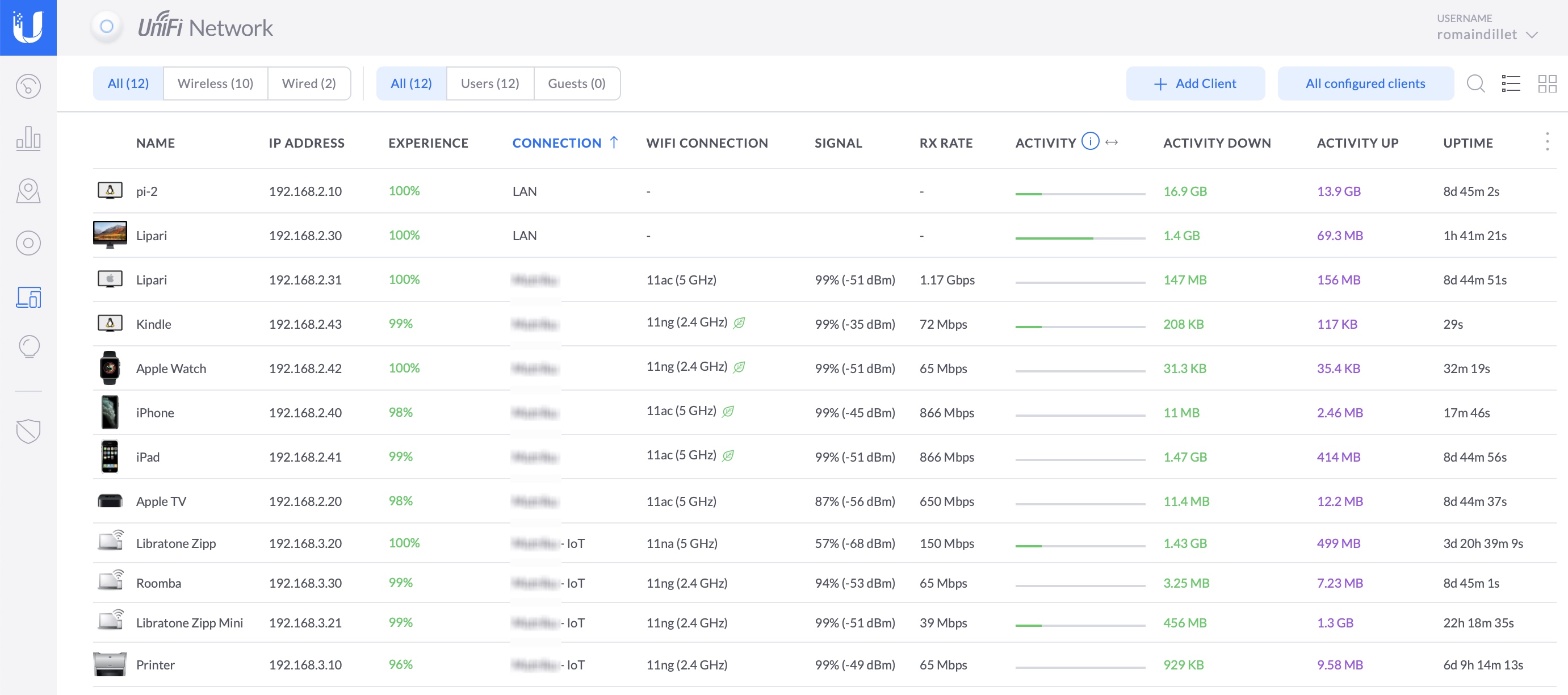
I have also configured Cloudflare’s 1.1.1.1 public DNS at the network level.
There are a ton of possibilities if you care about security. I created a guest Wi-Fi network that only lets my friends access the internet. They can browse Twitter and stream Netflix shows without any issue, but they can’t access my computers on the local network.
I also created another Wi-Fi network for IoT devices, such as connected speakers, a printer and a robot vacuum. Connected devices don’t get a lot of security patches and have more vulnerabilities than a computer or a smartphone that you keep up-to-date. I assigned a different VLAN to this Wi-Fi network. VLANs let you create a partitioned network with different sets of rules.
I applied firewall rules to this VLAN so that I can control the devices from my personal devices, but they can’t initiate requests to my devices on their own. This is overkill for most people, but it’s fun that you can do that from UniFi’s controller. More details here.
When it comes to Wi-Fi, everything is customizable and performances have been stellar. I live in a small apartment, but the balcony has always been an issue. I often work from the balcony, and I’ve been using a cheap Wi-Fi extender that I found in a box of gadgets and cables.
I unplugged the Wi-Fi extender and tried to connect to the UniFi Dream Machine. I get better performance, even if I reduce Wi-Fi transmit power to medium.
These are just a few examples of things you can do with the UniFi Dream Machine. I feel like I’m still underusing the device (you can connect via SSH and control everything from the terminal), but I wouldn’t consider going back to an entry-level router with Wi-Fi capabilities.
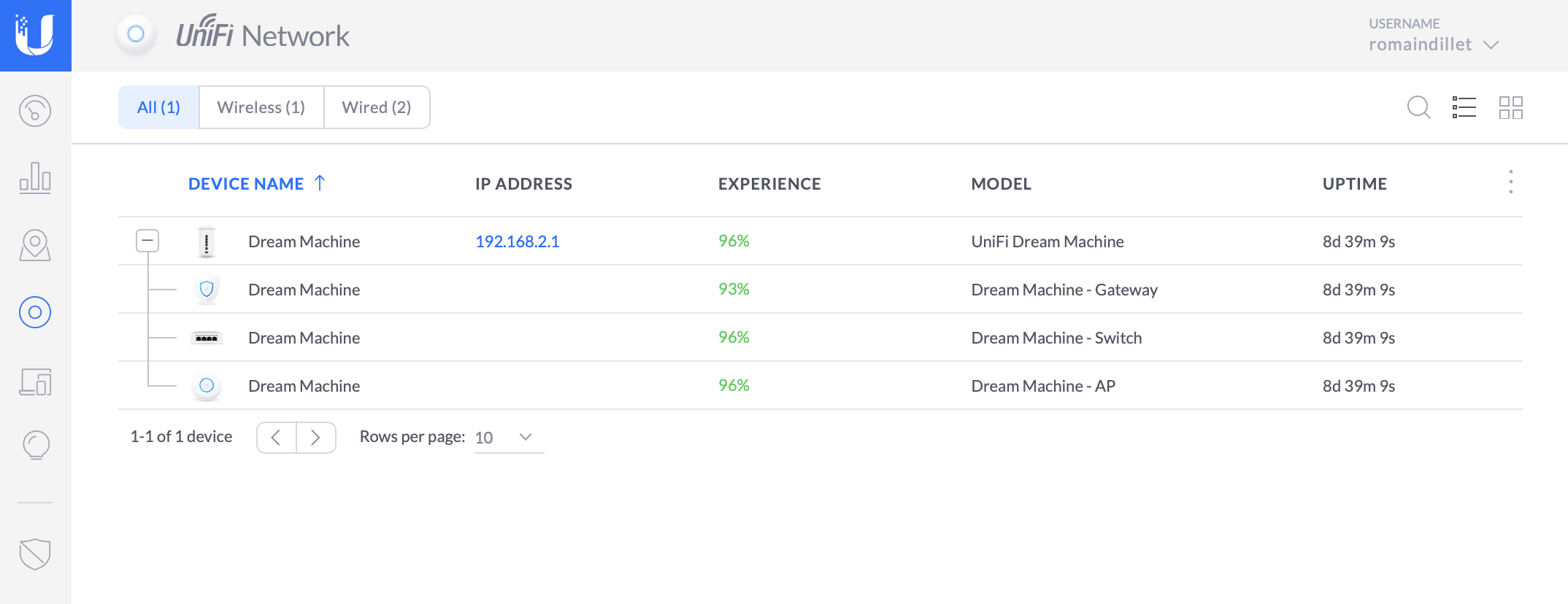
Targeting prosumers
The UniFi Dream Machine is the networking device I didn’t know I wanted. I’ll never have hundreds of Wi-Fi devices connected to my home network. I don’t need a dozen Ethernet ports. And yet, I want to be in control of my network. If you miss Apple’s AirPort Extreme or if you’re a networking nerd, you should consider the UniFi Dream Machine.
Small businesses and shops often make some poor decisions at the beginning of the company. A cheap Wi-Fi router on Amazon doesn’t cut it when your business scales. The Dream Machine can be a good entry point as you’ll be able to build upon that base device.
But if you think you have bigger needs, don’t try to run a big network from a UniFi Dream Machine. Ubiquiti sells some great rackable devices that will give you a lot more flexibility. The UniFi Dream Machine is a constrained machine after all. That’s what makes it both not good enough for enterprise customers and great for prosumers.
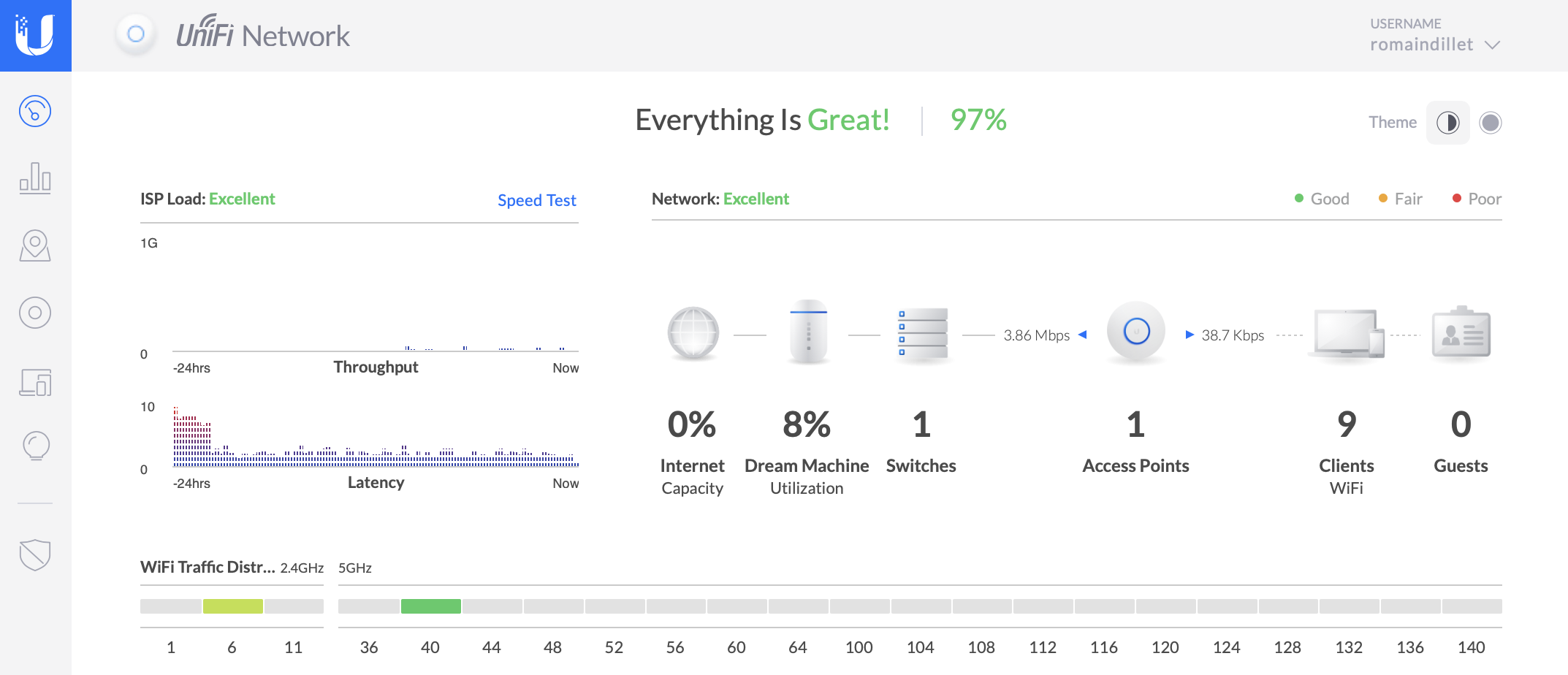

Source: Tech Crunch








